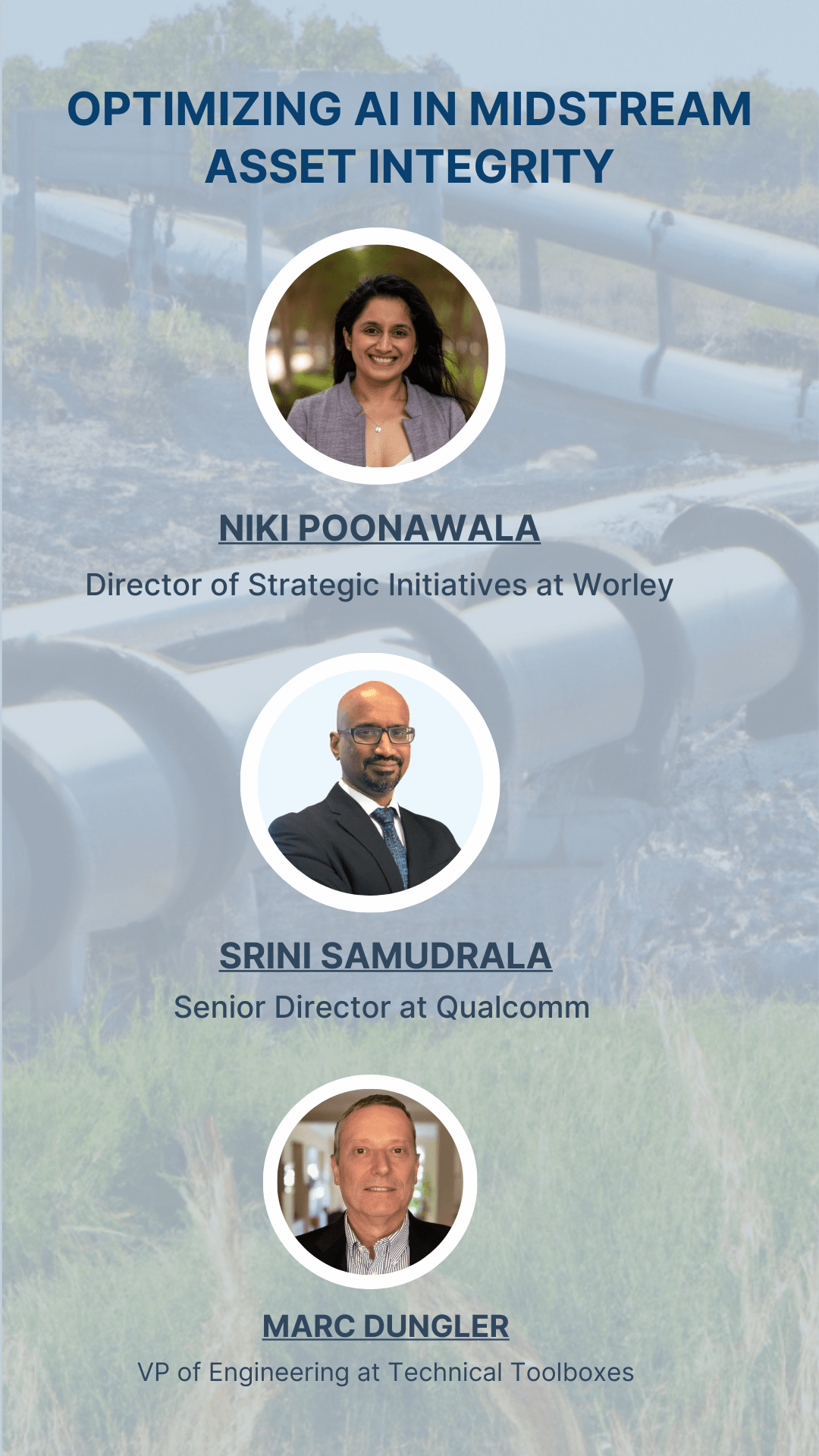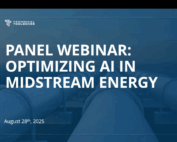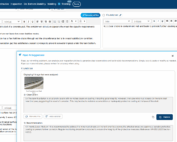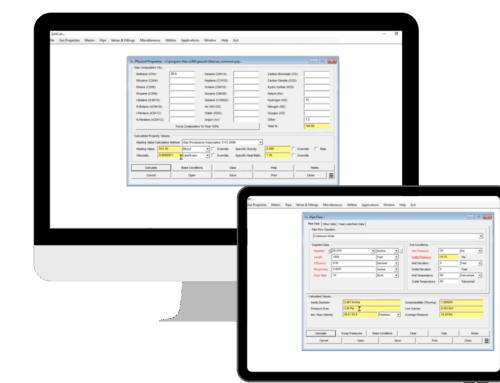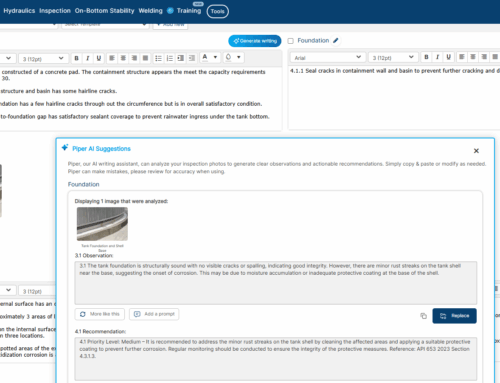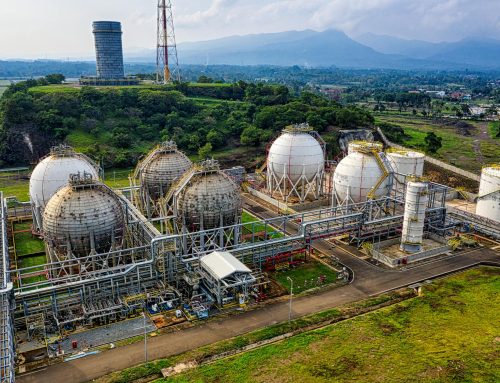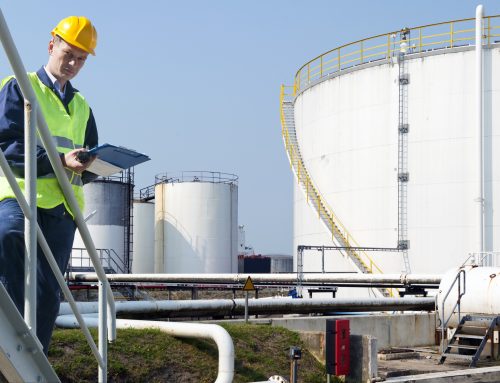Optimizing AI in Midstream Asset Integrity: Lessons from the Experts
By Nick Rendall
Artificial Intelligence (AI) is no longer a futuristic concept for midstream operators, it’s beginning to shape how asset integrity is managed today. In our recent webinar, “Optimizing AI in Midstream Asset Integrity”, three expert panelists came together to discuss how AI is being applied in the real world, what’s holding adoption back, and what the path forward looks like.
For those who missed the session, you can still watch the full recording on demand here: Optimizing AI in Midstream Asset Integrity
The Panel
- Niki Poonawala, Director of Strategic Initiatives at Worley
- Srini Samudrala, Senior Director at Qualcomm
- Febin Jose, Head of Product at Technical Toolboxes
Each panelist brought a unique lens – operations, infrastructure, and product development – to an industry that has historically moved cautiously when it comes to digital innovation. But all agreed: now is the time for midstream companies to take AI seriously.
Where AI Can Make an Immediate Impact in Midstream and Energy Companies
The discussion began with a core question: what should midstream and energy companies consider before implementing AI?
Febin Jose laid out a practical framework for how his team approached AI integration at Technical Toolboxes. Rather than starting with the technology, they began by identifying a few common, high-friction workflows where engineering teams were repeatedly losing time – such as pre-screening inspection data, searching for asset specs, and validating reports for compliance.
From there, the focus turned to data quality and infrastructure. Jose emphasized that having the right data, and having it structured properly, is just as important as the AI model itself. Good AI can’t compensate for inconsistent or inaccessible asset records. That’s one reason Technical Toolboxes invested in Piper Insights, an AI engine built into their Enterprise Tier, designed to augment engineers’ workflows rather than replace them.
Srini Samudrala reinforced this point. Drawing from his experience implementing AI in industrial systems at Qualcomm, he stressed the need for clear outcomes. “Don’t just assume AI will solve something because it’s powerful,” he warned. “You have to define the problem first, AI is the tool, not the solution by itself.” He also explained the difference between the three main categories of AI relevant to energy: Analytical AI, Generative AI, and Agentic AI.
Samudrala noted that successful AI implementations in energy typically blend all three types, especially when layered over real-time data from IoT sensors, inspections, and SCADA systems.
The Data Challenge for Many Midstream Operators
Niki Poonawala focused her commentary on a key barrier that many midstream operators face: fragmented and analog data systems. She pointed out that AI can’t generate insights if the underlying data is buried in PDFs, spreadsheets, or handwritten records.
In her experience at Worley, data often lives in multiple silos – SCADA, ERP, GIS, and Excel – and integrating those sources is critical before AI can be applied meaningfully. She also underscored the importance of aligning AI initiatives with business goals, such as reducing inspection backlog, improving audit readiness, or accelerating repair prioritization.
Samudrala added that companies with mature data collection practices, such as those using IoT devices to monitor assets in real time, are seeing the fastest returns from AI. He shared an example where digitized manuals and safety procedures were fed into a generative model to create a virtual assistant for field technicians.
What Role Does AI Play in the Oil and Gas Workforce?
The discussion also addressed the “AI vs. Human” narrative, particularly the misconception that AI will replace engineers or inspectors.
All three panelists pushed back against this fear. Jose explained that at Technical Toolboxes, the focus has always been on supplementing engineers, not automating them out. The role of AI, he said, is to reduce redundancy, like re-entering the same asset specs across multiple reports, and to surface patterns that would be hard for a human to spot under tight deadlines.
Poonawala echoed that sentiment. “People make better decisions with better data,” she said. “AI should support that, not substitute it.” In fact, all agreed that introducing AI typically changes team roles for the better, freeing up technical experts to focus on higher-order tasks rather than manual cleanup.
Looking Ahead: The Road to Scalable AI
The final portion of the webinar focused on where AI is heading in midstream.
One recurring theme: maturity and realism. AI isn’t magic, and it won’t work without structure, clean data, and clear goals. But with those pieces in place, it can significantly accelerate integrity workflows, reduce risk, and improve the traceability of decisions.
That’s where Piper Insights, the AI layer in Technical Toolboxes’ Enterprise Tier, is evolving. It isn’t a standalone tool. It’s embedded across pipeline workflows, from planning hydrotests and analyzing corrosion to image analysis for API inspection reports and verifying MAOP.
Instead of asking users to adapt to AI, it meets them inside the tools they already use, like Pipeline Toolbox, HDD PowerTool and the API Toolbox. And it’s constantly learning from the organization’s own data, unlocking deeper insights the more it’s used.
Closing Thoughts 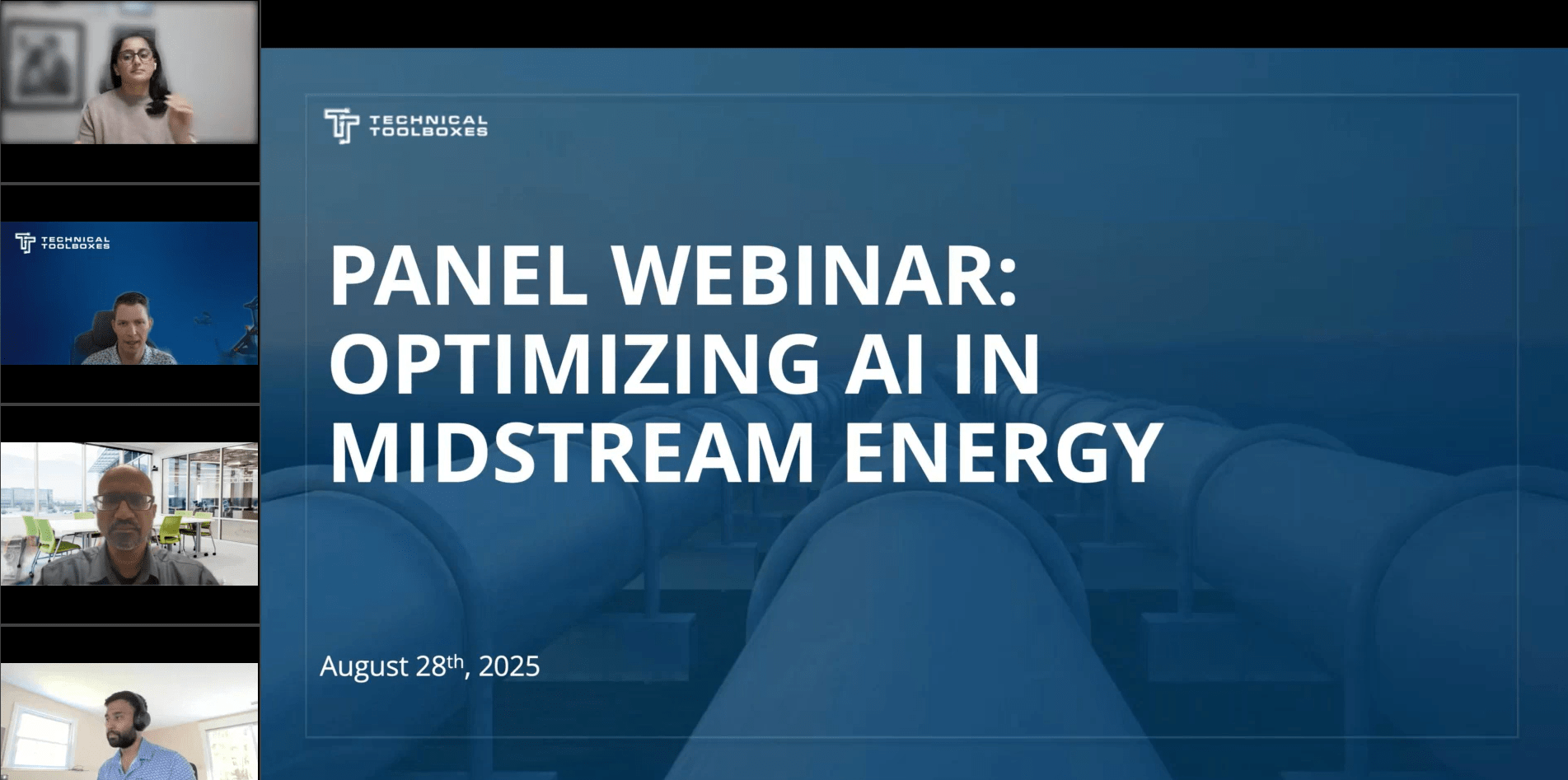
If there’s one takeaway from the webinar, it’s this: AI adoption in midstream isn’t about chasing hype. It’s about solving problems that already exist – faster, safer, and more intelligently.
Whether your organization is just starting to explore AI, or you’re already integrating predictive tools, now is the time to ask: What work are we still doing manually that a smarter system could do for us?
If that answer is too long, it might be time to watch the full panel recording and rethink how you’re managing asset integrity today.
Watch the full webinar here: Optimizing AI in Midstream Asset Integrity
We also published an introductory blog before the event to set the stage for the panel discussion, titled “Intro to AI in Midstream: What’s Here, What’s Next, and What Still Needs You” by Marc Dungler.
Suggested Post
Optimizing AI in Midstream Asset Integrity: Lessons from the Experts
Optimizing AI in Midstream Asset Integrity: Lessons from the Experts By Nick Rendall [...]
A Game Changer for API Inspectors: AI-Powered Enhancements in APITB
A Game Changer for API Inspectors: AI-Powered Enhancements in APITB By Henry Romero [...]
CEO Corner: A Q&A on Technical Toolboxes’ recent partnership with BVP Forge
CEO Corner: A Q&A on Technical Toolboxes’ recent partnership with BVP Forge By Jim [...]

